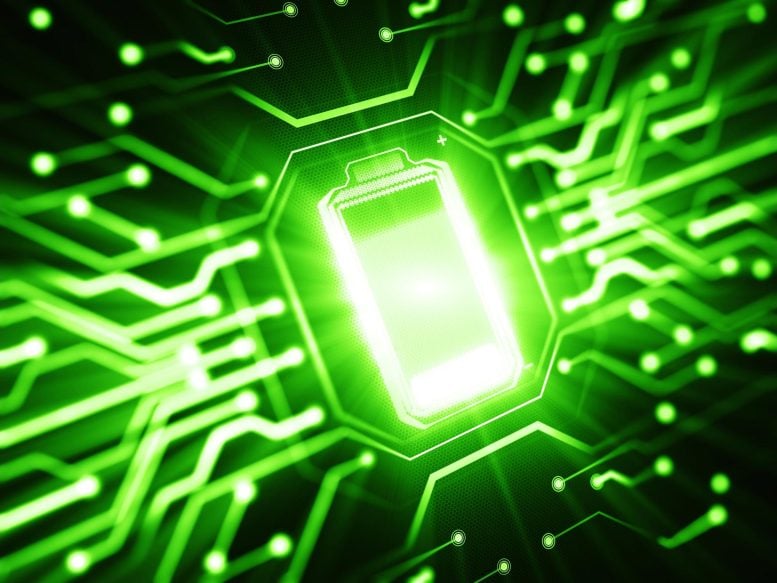
A new lithium-ion battery has been developed that uses silicon nanoparticles in place of traditional graphite anodes to provide superior performance.
A team of scientists from the University of Southern California and Zhejiang University in China has developed a new lithium-ion battery that uses silicon nanoparticles in place of traditional graphite anodes to provide superior performance.
Researchers at USC have developed a new lithium-ion battery design that uses porous silicon nanoparticles in place of traditional graphite anodes to provide superior performance.
The new batteries — which could be used in anything from cellphones to hybrid cars — hold three times as much energy as comparable graphite-based designs and recharge within 10 minutes. The design, currently under a provisional patent, could be commercially available within two to three years.
“It’s exciting research. It opens the door for the design of the next generation lithium-ion batteries,” said Chongwu Zhou, professor at the USC Viterbi School of Engineering, who led the team that developed the battery.
On the left, a vial of the silicon nanpoarticles; on the right, silicon nanoparticles viewed under magnification. Credit: Photos/Mingyuan Ge and Chongwu Zhou
Zhou worked with USC graduate students Mingyuan Ge, Jipeng Rong, Xin Fang and Anyi Zhang, as well as Yunhao Lu of Zhejiang University in China. Their research was published in Nano Research in January.
Researchers have long attempted to use silicon, which is cheap and has a high potential capacity, in battery anodes. (Anodes are where current flows into a battery, while cathodes are where current flows out.)
The problem has been that previous silicon anode designs, which were basically tiny plates of the material, broke down from repeated swelling and shrinking during charging/discharging cycles and quickly became useless.
Last year, Zhou’s team experimented with porous silicon nanowires that are less than 100 nanometers in diameter and just a few microns long.
The tiny pores on the nanowires allowed the silicon to expand and contract without breaking while simultaneously increasing the surface area, which in turn allows lithium ions to diffuse in and out of the battery more quickly, improving performance.
Though the batteries functioned well, the nanowires are difficult to manufacture en masse. To solve the problem, Zhou’s team took commercially available nanoparticles — tiny silicon spheres — and etched them with the same pores as the nanowires. The particles function similarly and can be made in any quantity desired.
Though the silicon nanoparticle batteries currently last for just 200 recharge cycles (compared to an average of 500 for graphite-based designs), the team’s older silicon nanowire-based design lasted for up to 2,000 cycles, which was reported in Nano Lett last April.
Further development of the nanoparticle design should boost the battery’s lifespan, Zhou said.
“The easy method we use may generate real impact on battery applications in the near future,” Zhou said.
Future research by the group will focus on finding a new cathode material with a high capacity that will pair well with the porous silicon nanowires and/or porous silicon nanoparticles to create a completely redesigned battery.
Reference: “Coaxial Si/anodic titanium oxide/Si nanotube arrays for lithium-ion battery anodes” by Jiepeng Rong, Xin Fang, Mingyuan Ge, Haitian Chen, Jing Xu and Chongwu Zhou, 29 January 2013, Nano Research.
DOI: 10.1007/s12274-013-0294-x
The work was funded by USC Viterbi.









Be the first to comment on "New Lithium-Ion Battery Design Uses Silicon Nanoparticles"